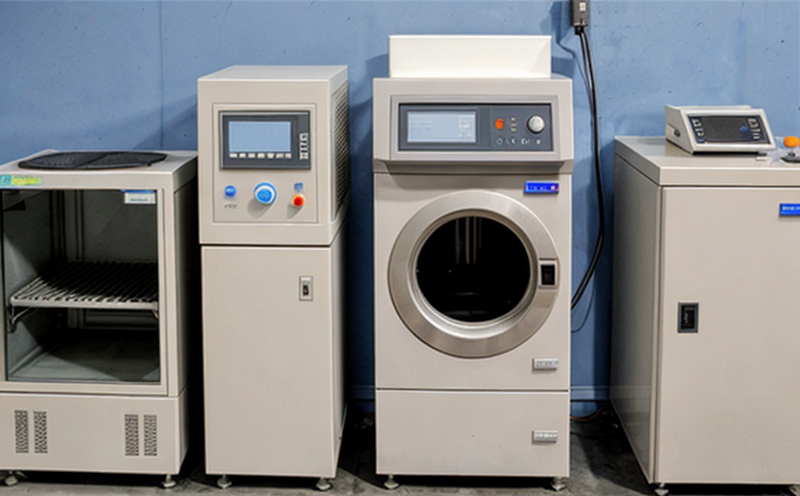ISO 10993 14 Identification of Degradation and Solubility of Nanoparticles
The identification of degradation and solubility properties of nanoparticles is a critical step in the development, quality assurance, and regulatory compliance processes for nanomaterials. This ISO standard provides a structured approach to assess these properties through controlled conditions that mimic real-world scenarios. Understanding how nanoparticles degrade over time can help predict their behavior in various environments and interactions with biological systems.
The testing process involves exposing the nanomaterial sample to defined environmental factors such as temperature, humidity, pH, and ionic strength. By monitoring changes in particle size distribution, morphology, and elemental composition, we can identify potential degradation pathways. Additionally, solubility tests determine how easily nanoparticles disperse into a solvent or medium. This information is vital for assessing the risk of nanoparticle release into the environment or human body.
For quality managers and compliance officers, this service ensures that nanomaterials meet regulatory standards and perform as expected in their intended applications. It also supports R&D engineers by providing data needed to optimize formulations and manufacturing processes. Procurement professionals benefit from reliable test results when selecting suppliers who adhere to stringent quality control measures.
The ISO 10993-14 protocol is based on internationally recognized methodologies that ensure consistency across laboratories worldwide. By adhering strictly to this standard, we guarantee accurate and reproducible outcomes which are essential for both scientific research and industrial applications.
Why It Matters
The importance of identifying nanoparticle degradation and solubility cannot be overstated given the unique properties that make nanomaterials so promising yet also challenging to handle safely. These tiny particles can behave differently compared to their bulk counterparts due to increased surface area, reactivity, and potential for aggregation.
- Environmental Impact: Nanoparticles released into soil or water bodies may accumulate in ecosystems, affecting flora and fauna.
- Bioavailability: Understanding how nanoparticles interact with biological systems helps prevent unintended adverse effects on health.
- Product Performance: Reliable degradation and solubility data contribute to product stability and efficacy.
Incorporating these insights into product development ensures compliance with environmental laws, enhances safety profiles, and fosters innovation in the field of nanotechnology.
Scope and Methodology
| Parameter | Description |
|---|---|
| Sample Preparation: | Nanoparticles are suspended in appropriate solvents according to the ISO 10993-14 guidelines. |
| Environmental Factors: | The samples undergo controlled exposure to temperature, humidity, pH, and ionic strength variations. |
| Data Collection: | Particle size distribution, morphology, elemental composition, and solubility are monitored at regular intervals. |
The methodology aims to replicate conditions that nanoparticles might encounter during transport, storage, or use. This comprehensive approach ensures accurate identification of potential degradation pathways and solubility behaviors.
Use Cases and Application Examples
- Metallic Nanoparticles: Assessing the corrosion resistance and stability of metallic nanoparticles used in electronics or catalysis.
- Ceramic Nanoparticles: Evaluating the thermal stability and mechanical properties of ceramic-based nanomaterials for biomedical implants.
- Biomaterials: Determining the biocompatibility and degradation rate of nanoparticles incorporated into medical devices or drug delivery systems.
- Solar Cells: Investigating how nanoparticle coatings affect photovoltaic efficiency in solar cells.
In each application, the goal is to understand how nanomaterials behave under different conditions so that they can be safely and effectively utilized without compromising performance or safety.





